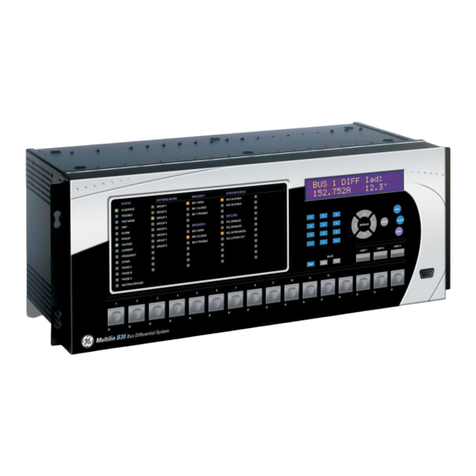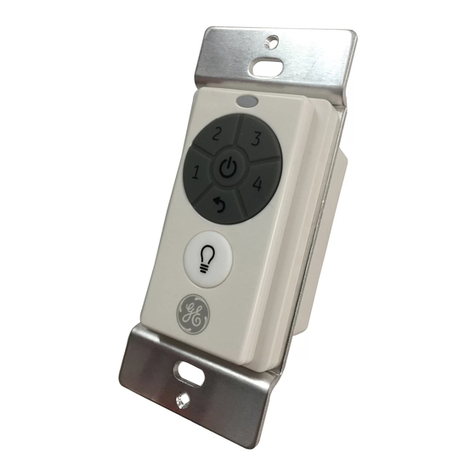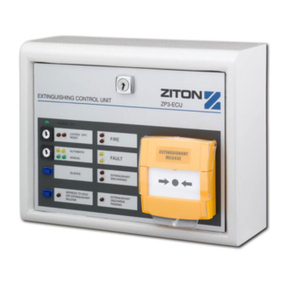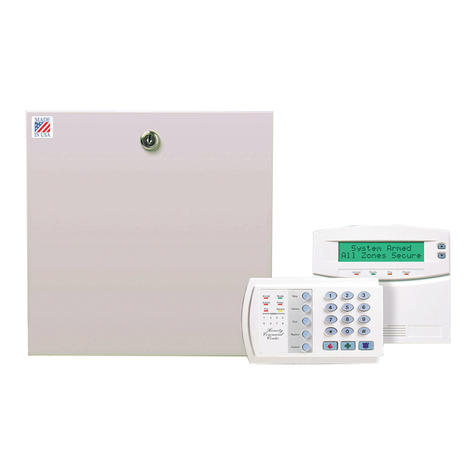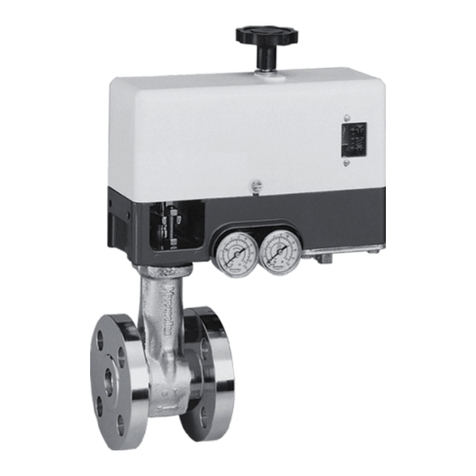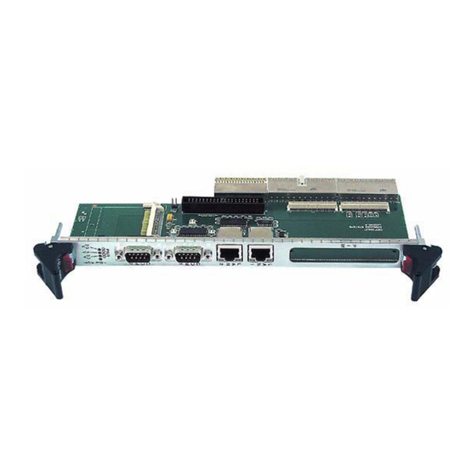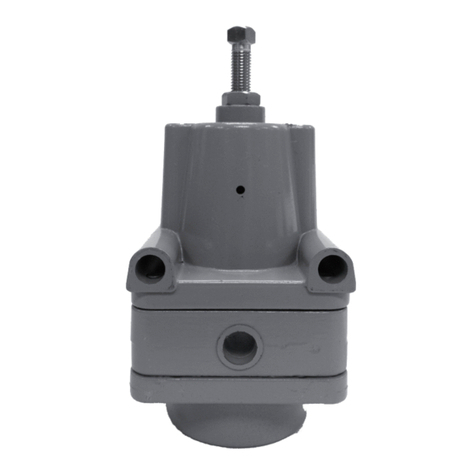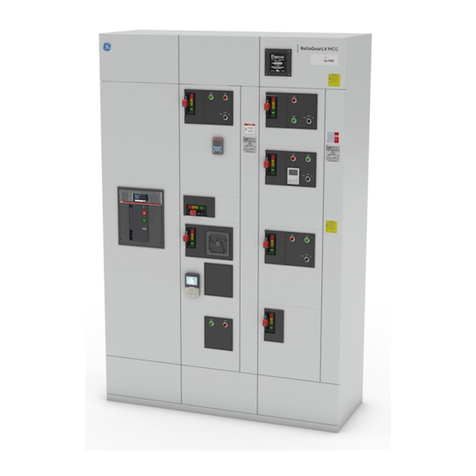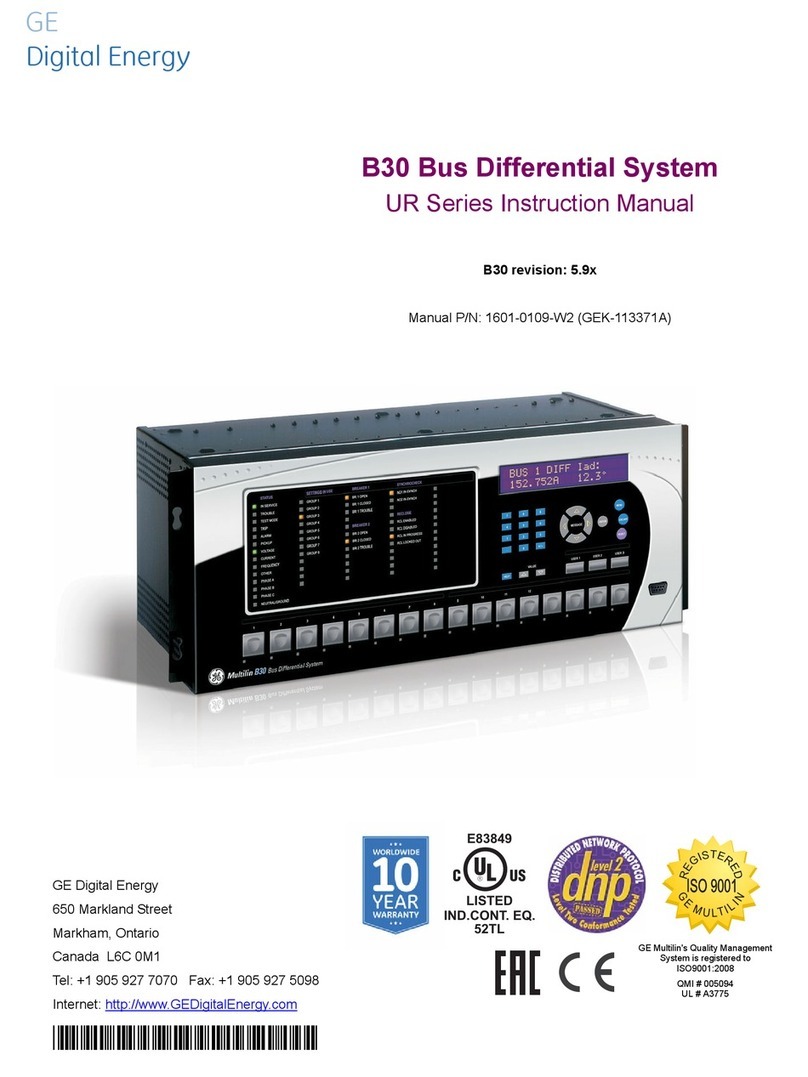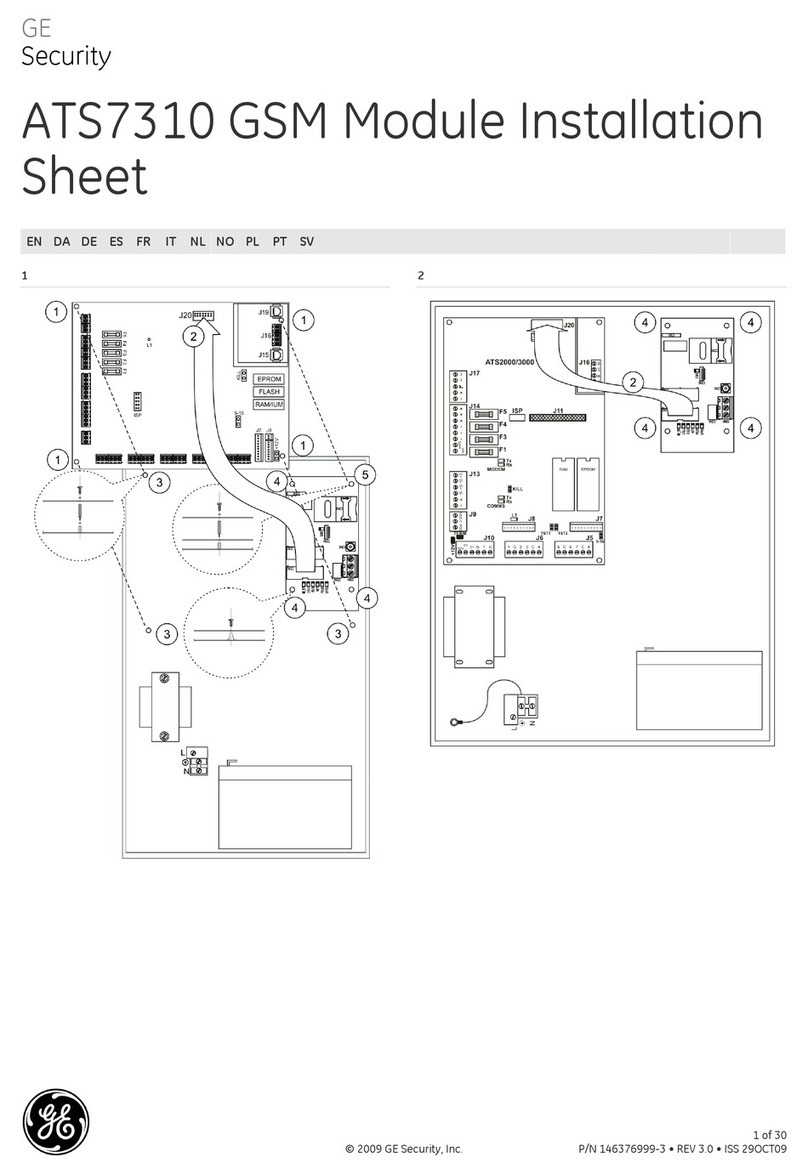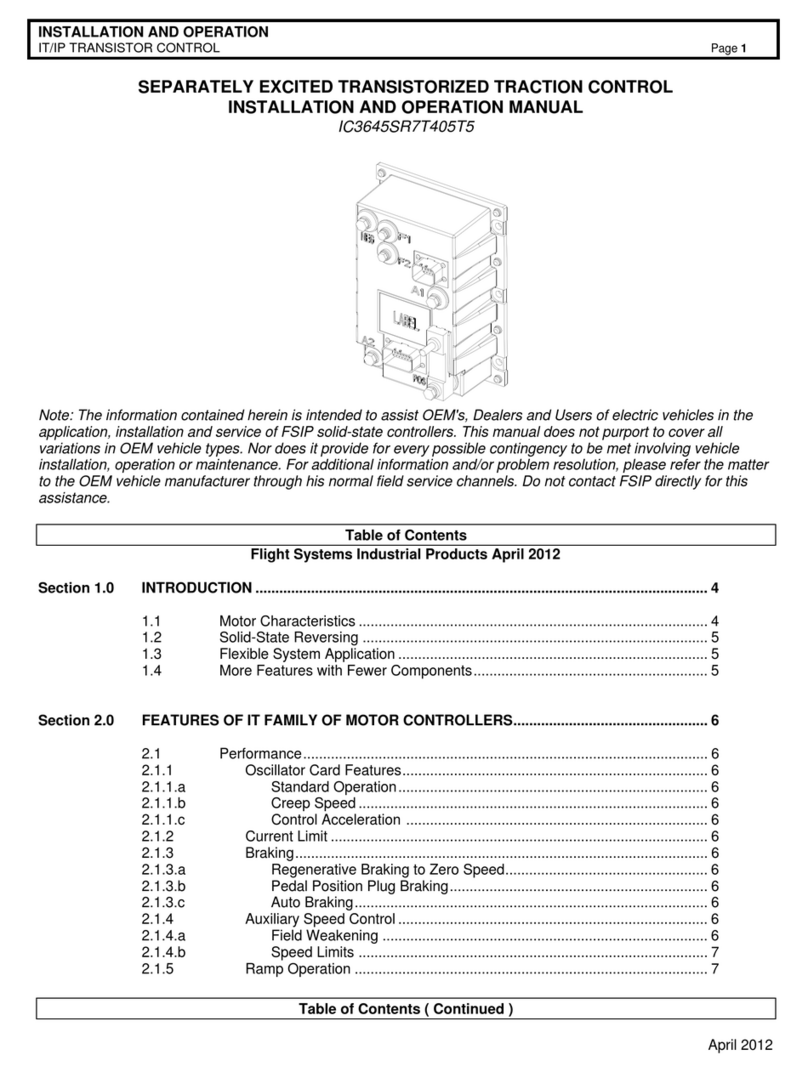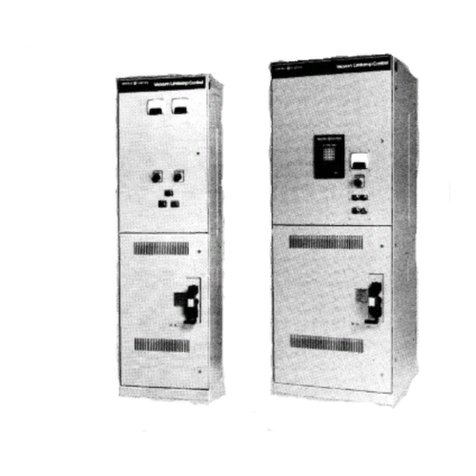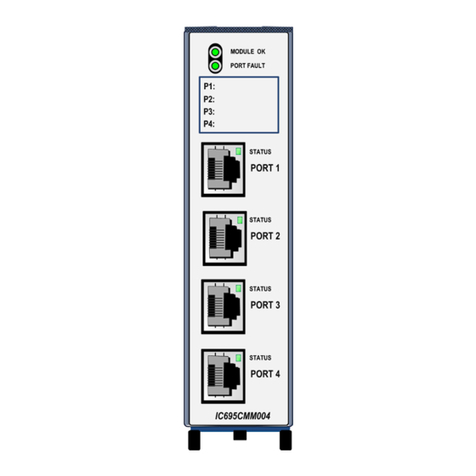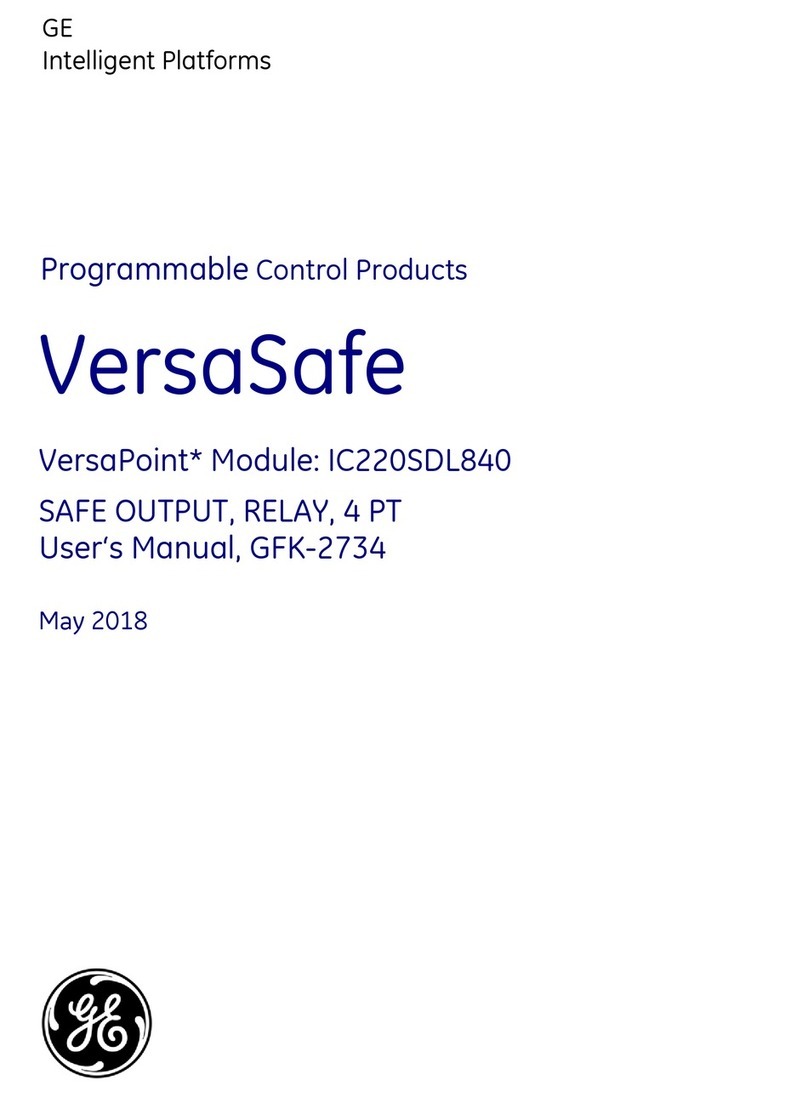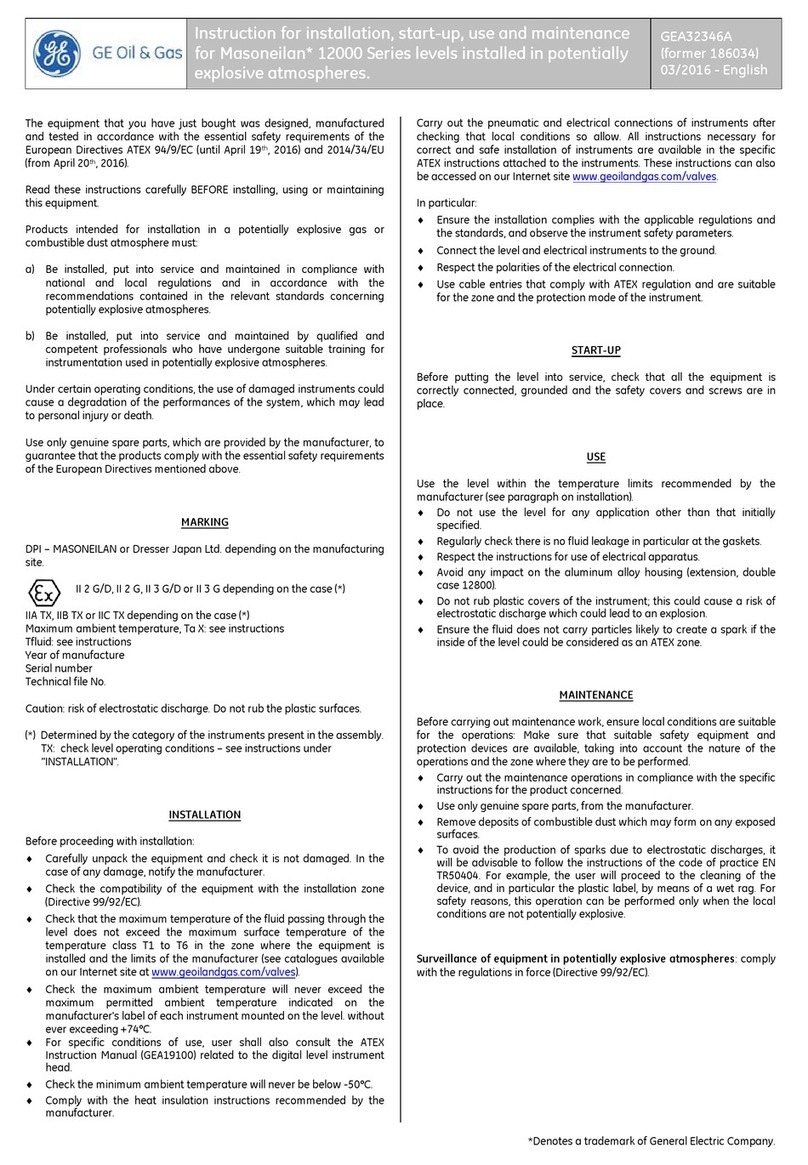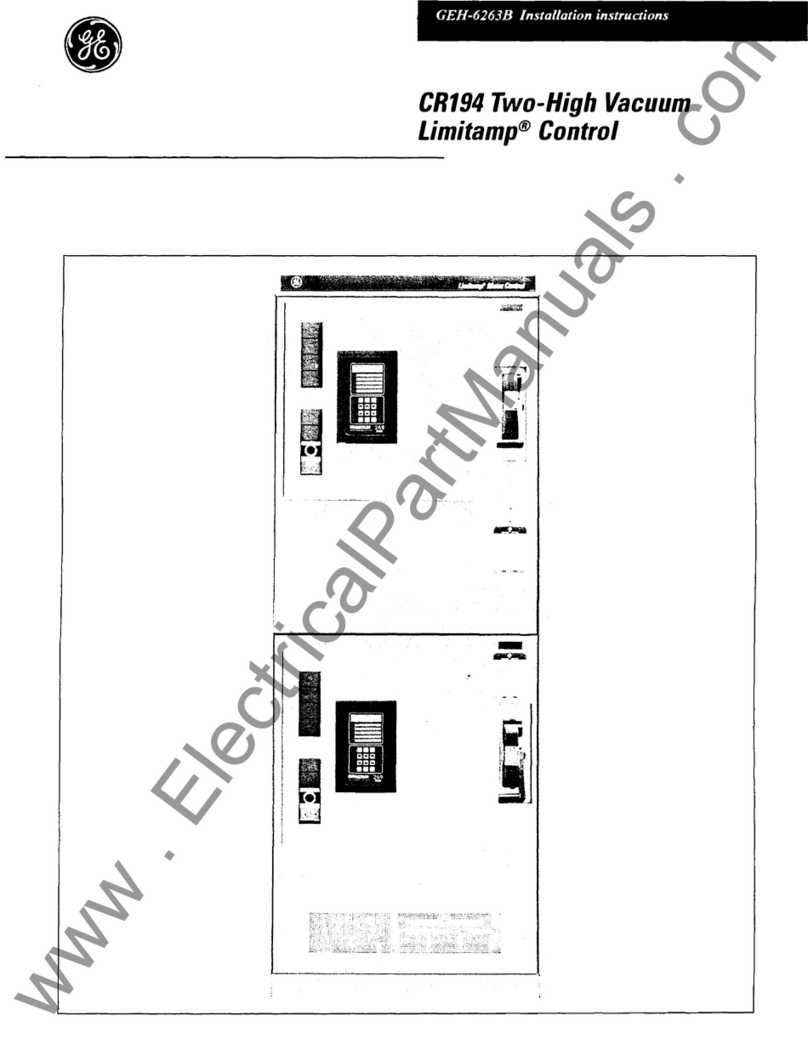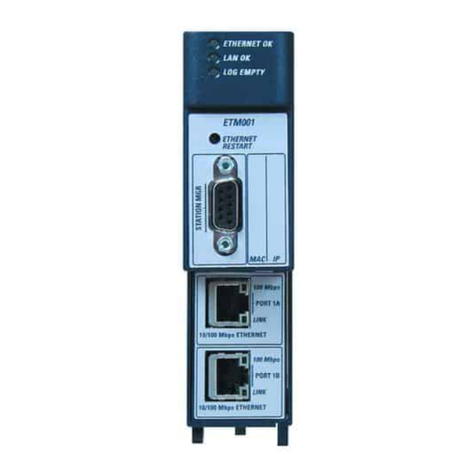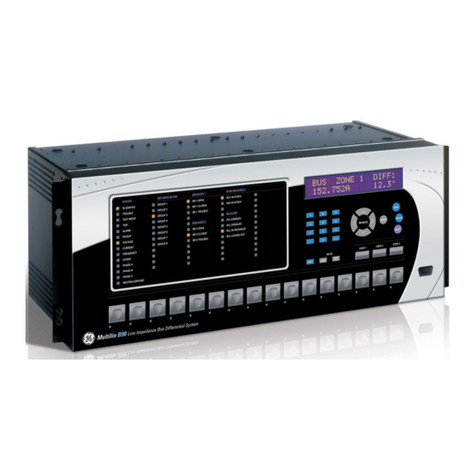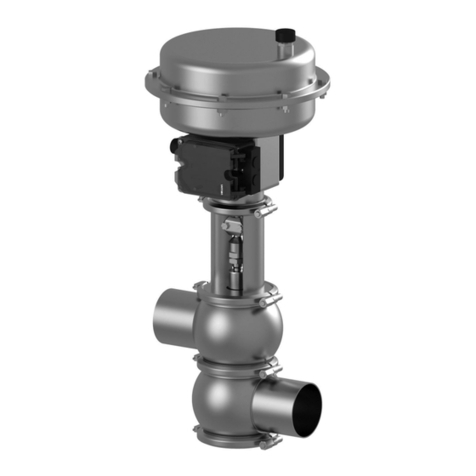
2
Electrical Power Requirements
VIN = 12 to 24 VDC nominal (11-30 VDC) 21 VDC min. for 24 VDC Sole-
noid, 11 VDC min. for 12 VDC Solenoid 1 to 2 A including DNGP heater
and transmitter heater (3 A fuse line recommended)
Over Current Protection
20 Joule, 2000 A surge and lightning transient protection 3 A fuse for
Logic module 24 VDC power 50/150 mA PTC resettable fuses for posi-
tion input signal and transmitter feedback signal
Position Input Signal (Selectable) Standard 4-20 mA (Split Range: 4 mA min. up to 16 mA max. in 1 mA increments),
minimum 4 mA band
Transmitter Feedback Signal Analog Rotary: External or Internal Digital Linear: Internal only; RTU
Feedback must be dry
Remote Indicator Dual Function Output
Outputs VIN-1.5V @ 20 mA max. (for example if VIN = 24 VDC, this
supplies 22.5 ± 0.5 V)
The remote Indicator function can be selected to function as “Solenoid
Counter” or “In Standby/Manual”. In Counter mode it pulses whenever
either solenoid activates. In Standby/Manual mode, it is active
whenever the DNGP is in Standby or Manual modes.
Valve Position Feedback Module Primary: Linear Digital Transmitter Analog Rotary Types Also Available:
Display
80 (4 x 20) character Vacuum Fluorescent Display for: Command
Signal, Valve Position Feedback, Solenoid Cycle Count (stored in 10 year
non volatile memory), Dead Band value. Incorporates a user
navigational menu system.
Input Mode Selection Manual/Auto/Standby
Electrical Manual Override Manual pushbutton positioning (must engage Manual Mode with Auto/
Manual/Standby Switch)
Communications DNGP Dashboard PC Interface, Modbus™communication protocol
Solenoid Bypass Can be ON or OFF within 1.5% of the end stroke (in full closed and
open position).
Loss of Signal Options (Selectable) Drive to 4 mA position (open or closed valve position) Drive to 20 mA
position (open or closed valve position) Lock in last controlled position
Position Input Signal Impedance 120 to 220 Ω
Transmitter Feedback Input Signal Impedance transmitter) 120 to 220 Ω (additional operating voltage required for
Introduction
The DNGP is designed specifically for the needs of the
Natural Gas industry. By using solenoids to control the
actuator pressures, the DNGP eliminates the continuous
bleed gas produced by I/P transducers and bleeds no
gas until the valve is called upon to move. The DNGP
can even do this while maintaining a pressure difference
across the actuator. Additionally, the discharge can
be directed downstream, and the positioner is capable
of failing in last position on a loss of signal, DC power
or power gas. Reliability and simplicity have been
engineered into the DNGP, while features that make the
positioner versatile, easy to use, and fail safe, have been
retained.
Scope of Manual
This manual provides information on the installation,
adjustment, and maintenance of the DNGP-Digital
Natural Gas Positioner. For information concerning
actuators, valves, and accessories, refer to the
instruction manuals provided with the specific product.
Technical Assistance
Only those qualified through training or experience
should install, operate, or maintain Becker position-
ers. Should you have any questions concerning these
instructions, you may contact your local GE sales
representative, sales office, or manufacturer before
proceeding.
GE Energy
Becker Control Valves
Attn: Technical Assistance
1550 Greenleaf Avenue
Elk Grove Village, IL 60007
Toll Free: +1-800-323-8844
Telephone: +1-847-437-5940
Fax: +1-847-437-2549
web: ge.com/energy
Table 1 - DNGP Technical Specifications
